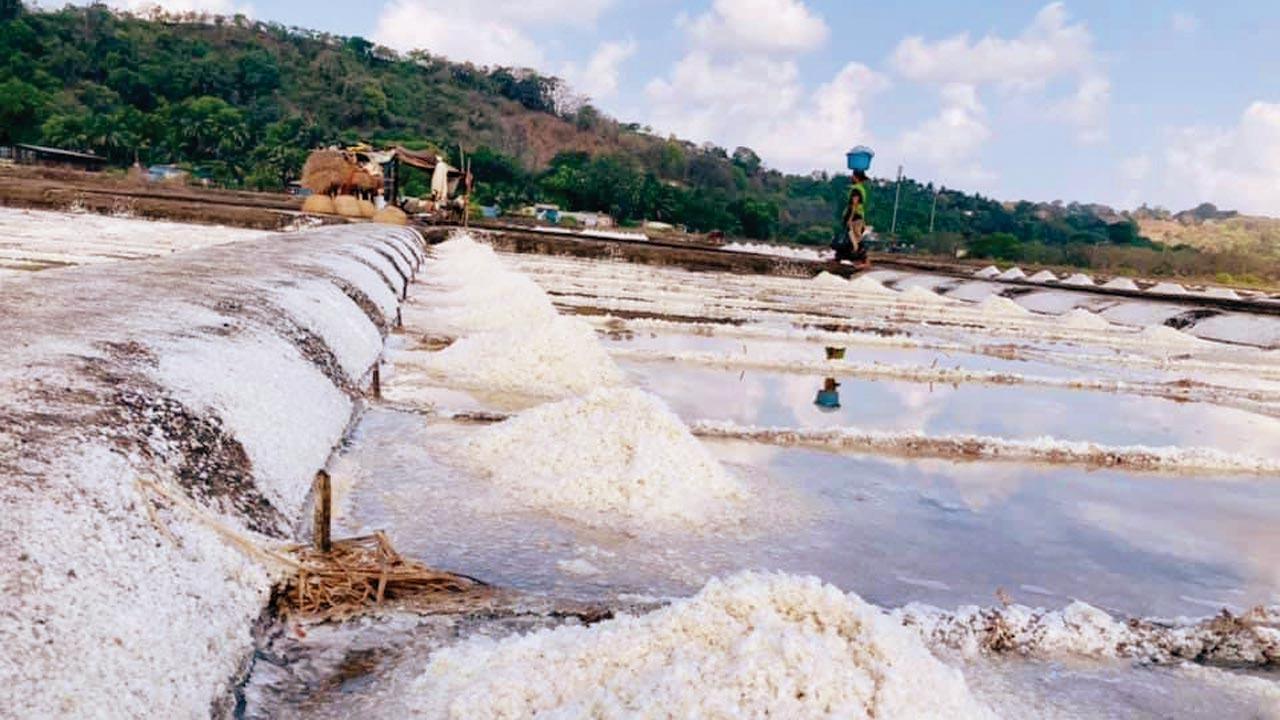Dive into the rich history of salt and its production in Mumbai in an online talk by researcher Neeta Sanghi

Produce of Dharavi Island. Pic courtesy/Mogan Rodrigues
Salt is common. It’s a common sight at our dining tables and in the names of areas across the city. It has played an important role in Mumbai’s development — it was taxed, and its production sustains livelihoods as well as the natural world. Salt pans protect the city from flooding, and are now a site for debate on development plans.
ADVERTISEMENT
However, the history of salt is one that isn’t often delved into, and Neeta Sanghi is here to change that. This weekend, Sanghi will be giving a virtual talk titled The Salt Saga of Bombay, organised by the Maritime Mumbai Museum Society.
Neeta Sanghi
In this session, Sanghi will talk about the history of salt and its production in Mumbai, covering the last three centuries. You can expect to learn how salt was produced when the city was under the rule of the Portuguese and the British, who owned the salt pans, how its production changed over time, and how and why salt was smuggled during the British rule. “One of the objectives is to bring out more aspects of the history of the city,” she says.
After an illustrious career managing pharmaceutical supply chains for over 33 years, Sanghi got hooked on Bombay’s past. Post retirement, she pursued her MA and MPhil in History, and while poring over documents in the Maharashtra State Archives for her dissertation, she realised that salt deserves a place in the records of colonial Indian history that mostly speaks about cotton, opium, and indigo.
The talk will interest anyone keen to understand what made Mumbai the city it is today. Sanghi looks forward to seeing students attend her talk and hopes to get them as excited about learning history as she is. “We know what is taught to us but that’s about it,” she says, adding, “Anyone travelling on the Eastern Express Highway would have seen the salt pans but there’s a rich history around it — what is the importance of salt? How was it made, and since when?” If you’re keen to know the answers to these questions, Sanghi’s deep-dive session is the right place to start this quest.
On June 19, 4 pm
Email museumsocietyofbombay63@gmail.com to register
 Subscribe today by clicking the link and stay updated with the latest news!" Click here!
Subscribe today by clicking the link and stay updated with the latest news!" Click here!






